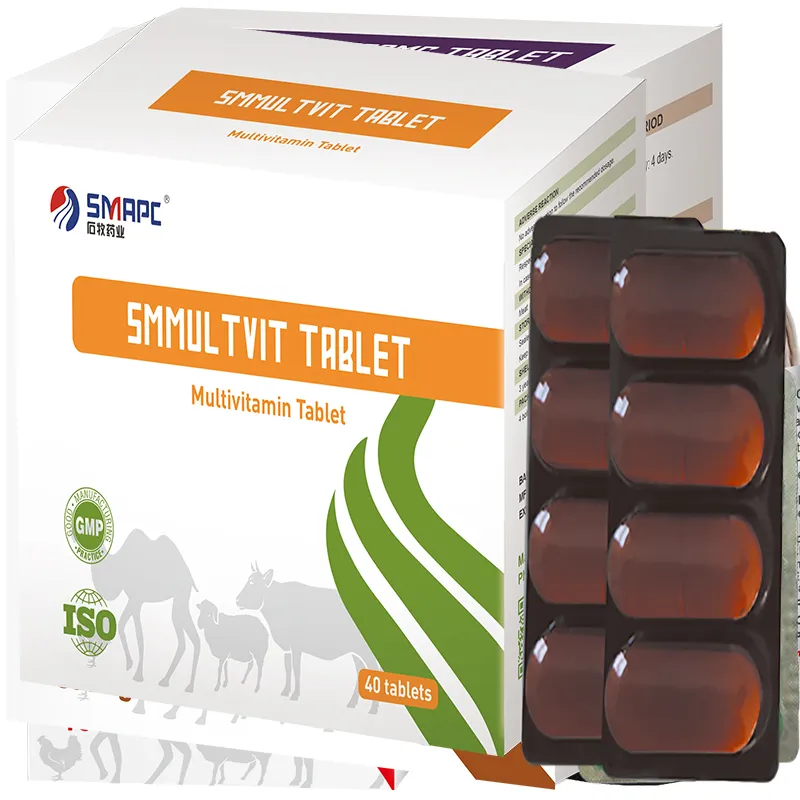1. Non-steroidal Anti-Inflammatory Drugs (NSAIDs) These are commonly prescribed after surgery. NSAIDs, such as carprofen, meloxicam, and deracoxib, reduce inflammation and alleviate pain. They are effective for managing mild to moderate pain but should only be used under the veterinarian's guidance due to potential side effects, including gastrointestinal issues and liver or kidney toxicity.








